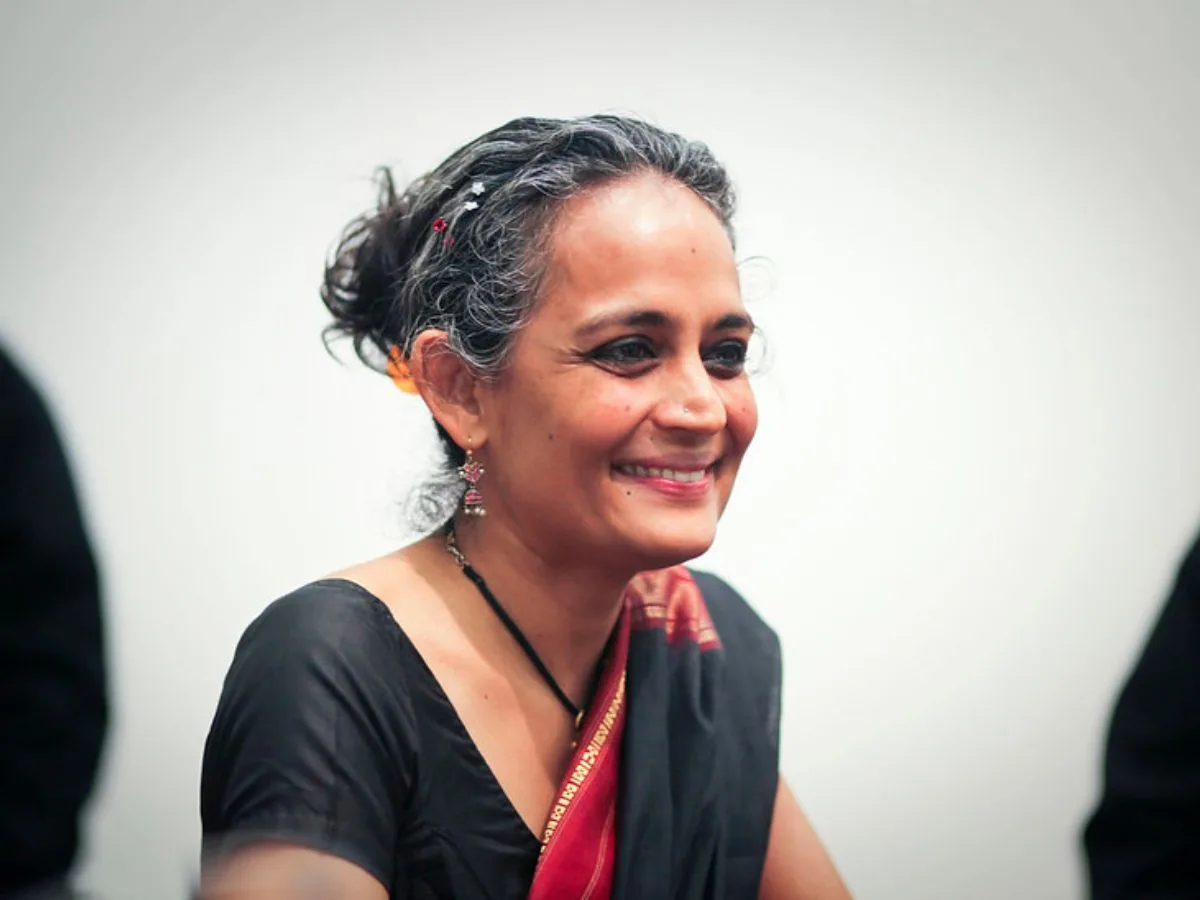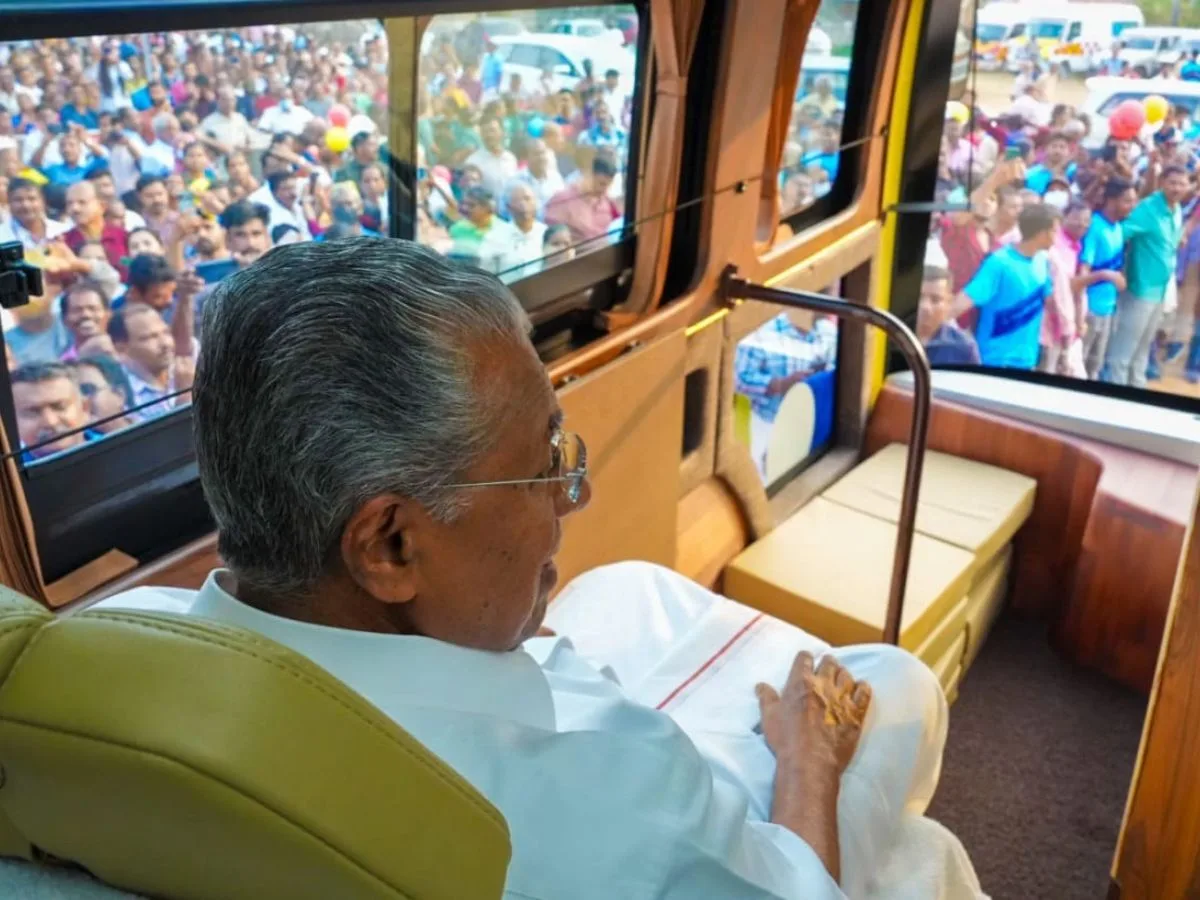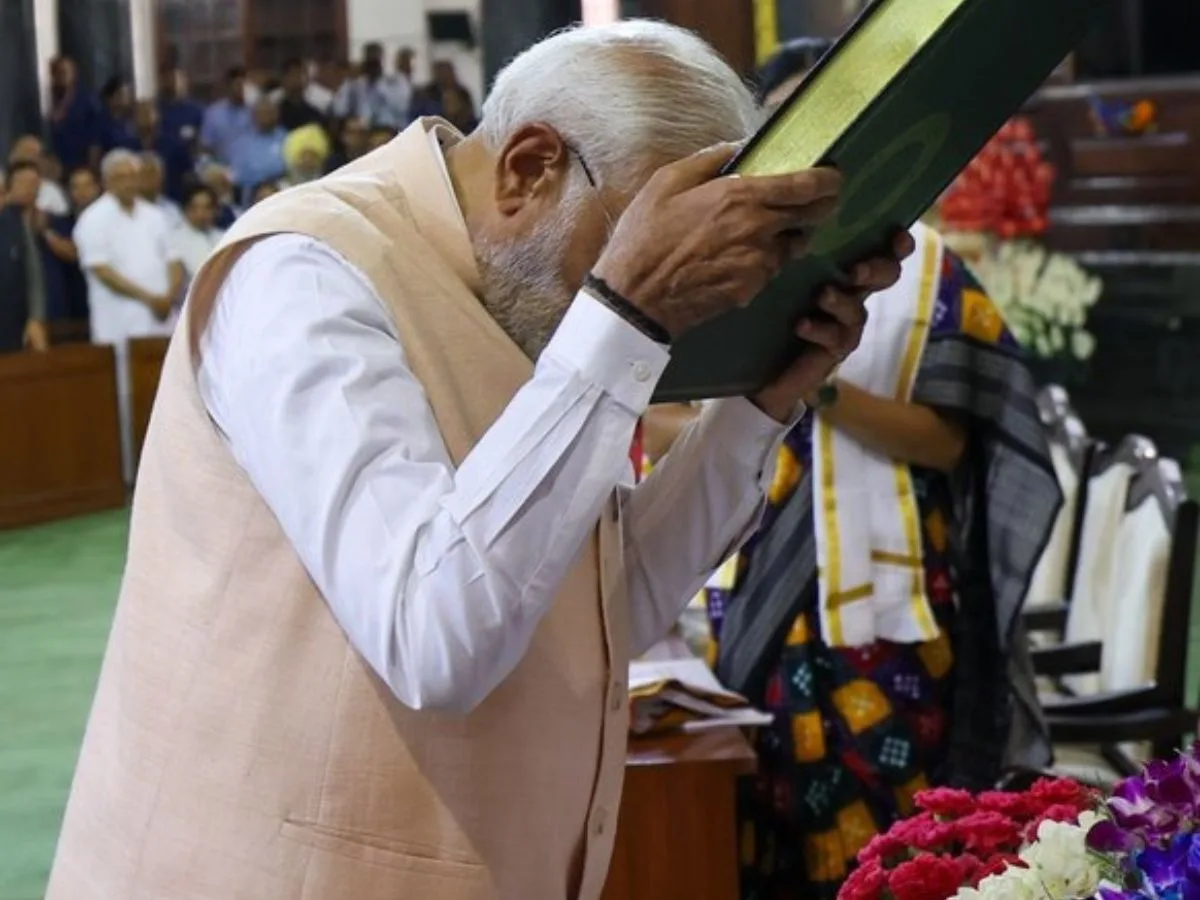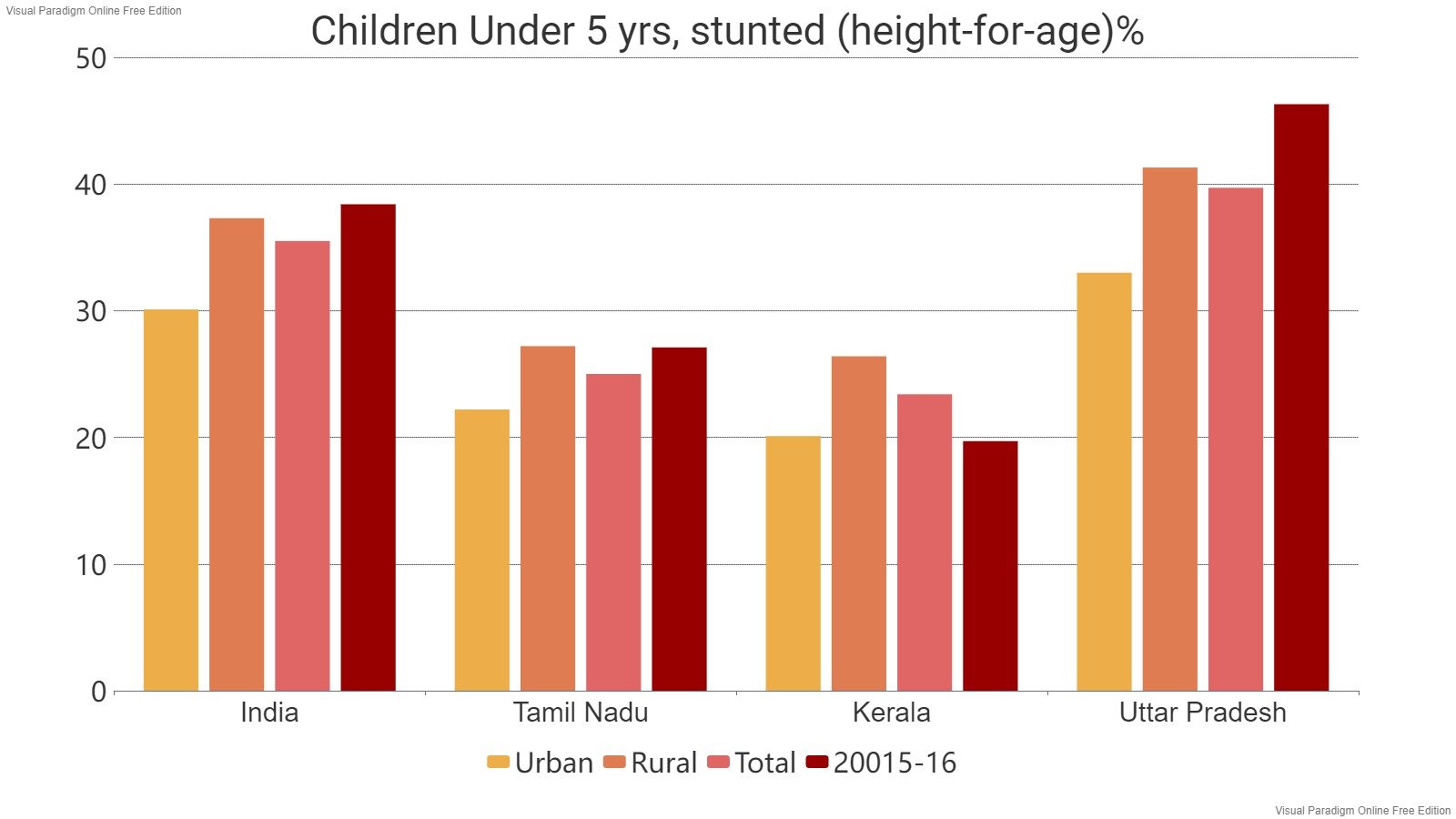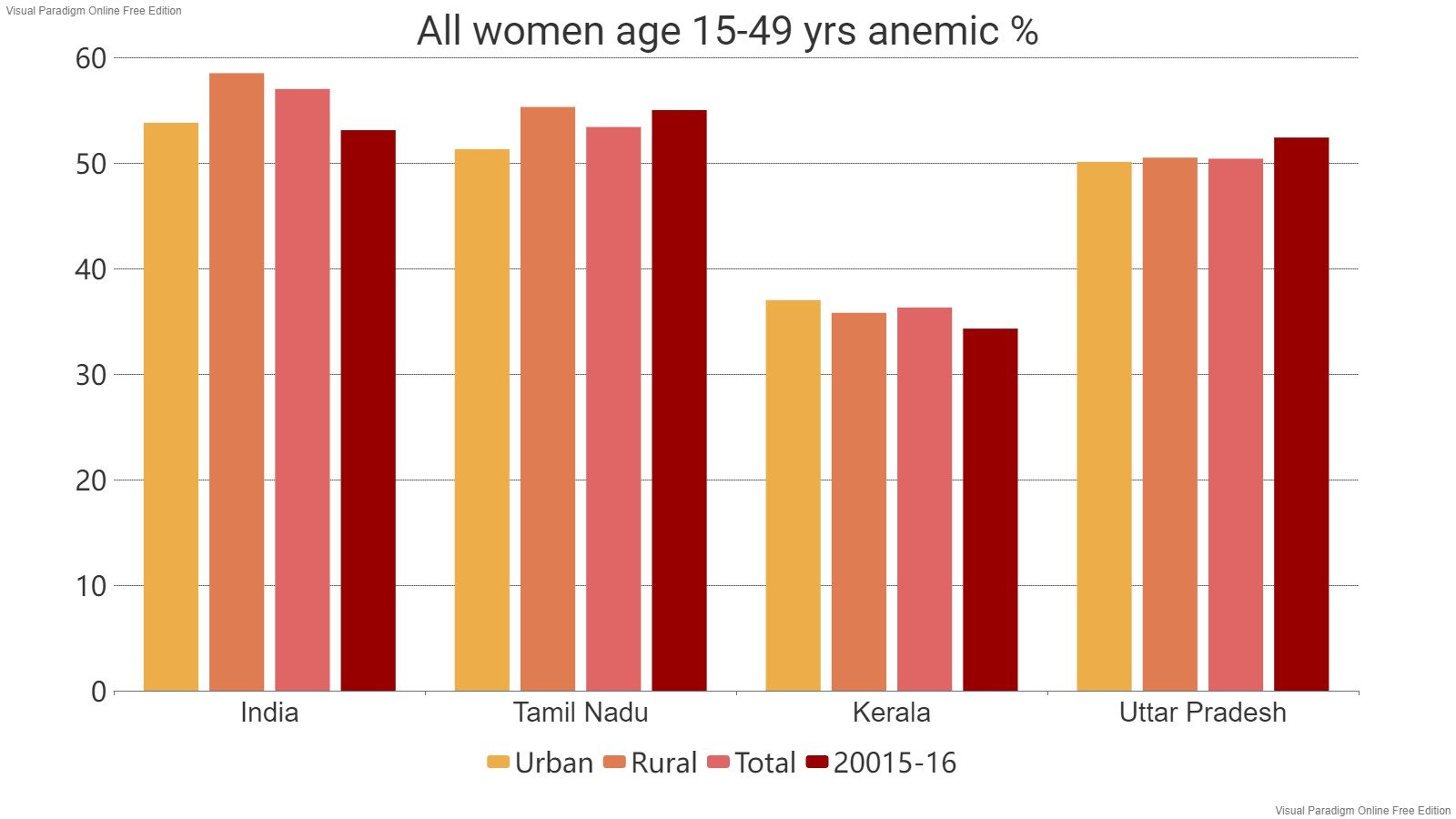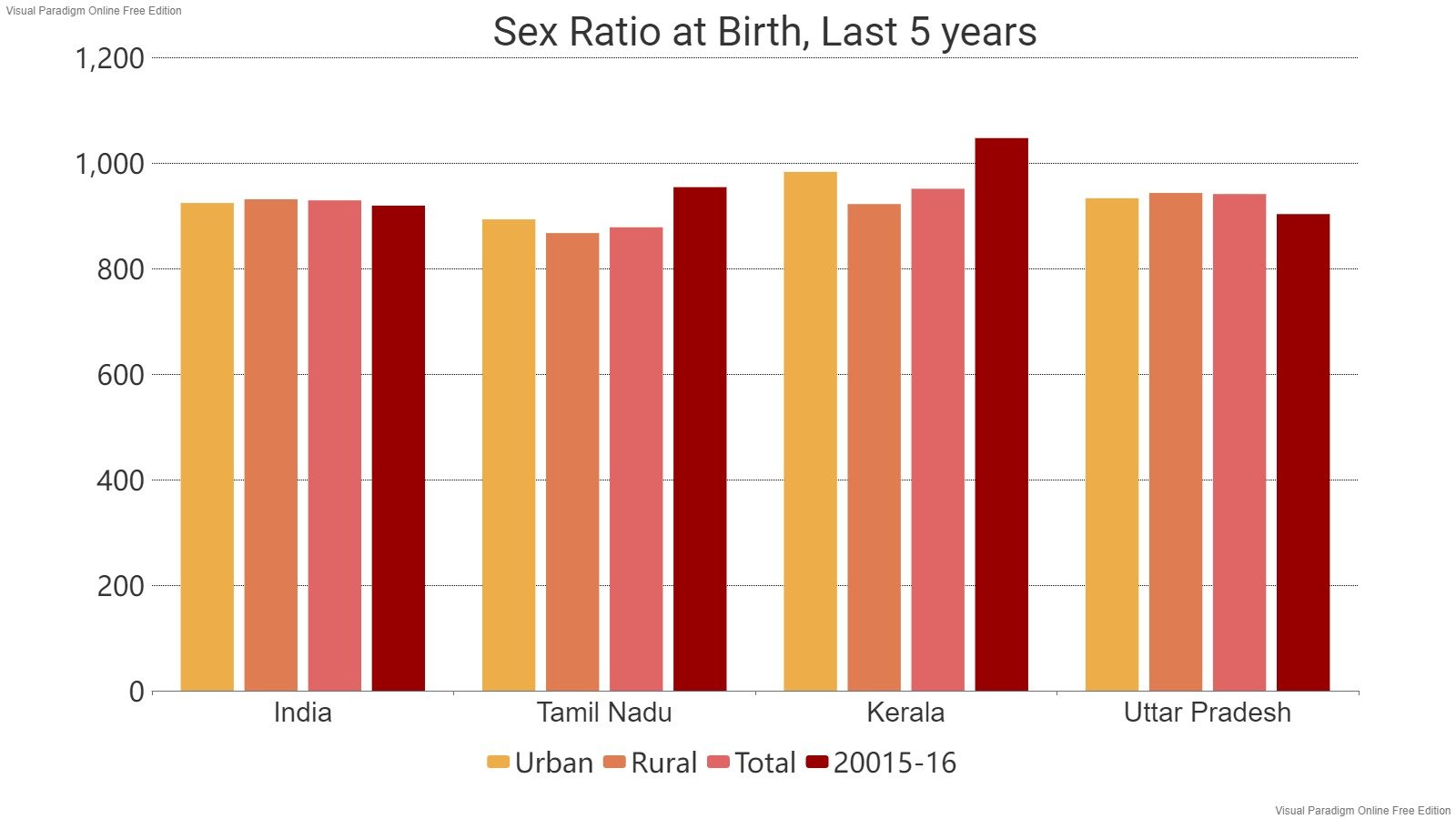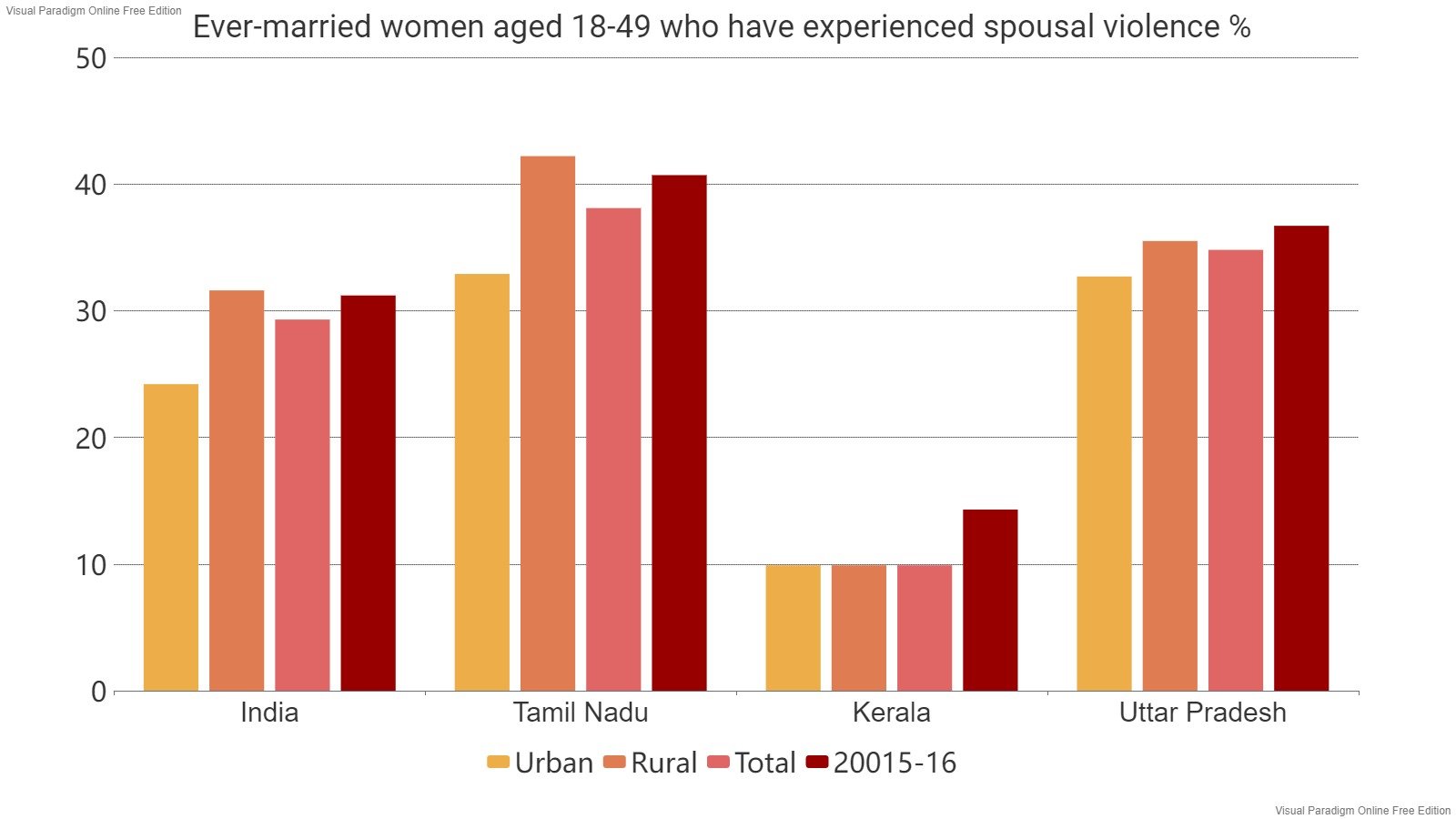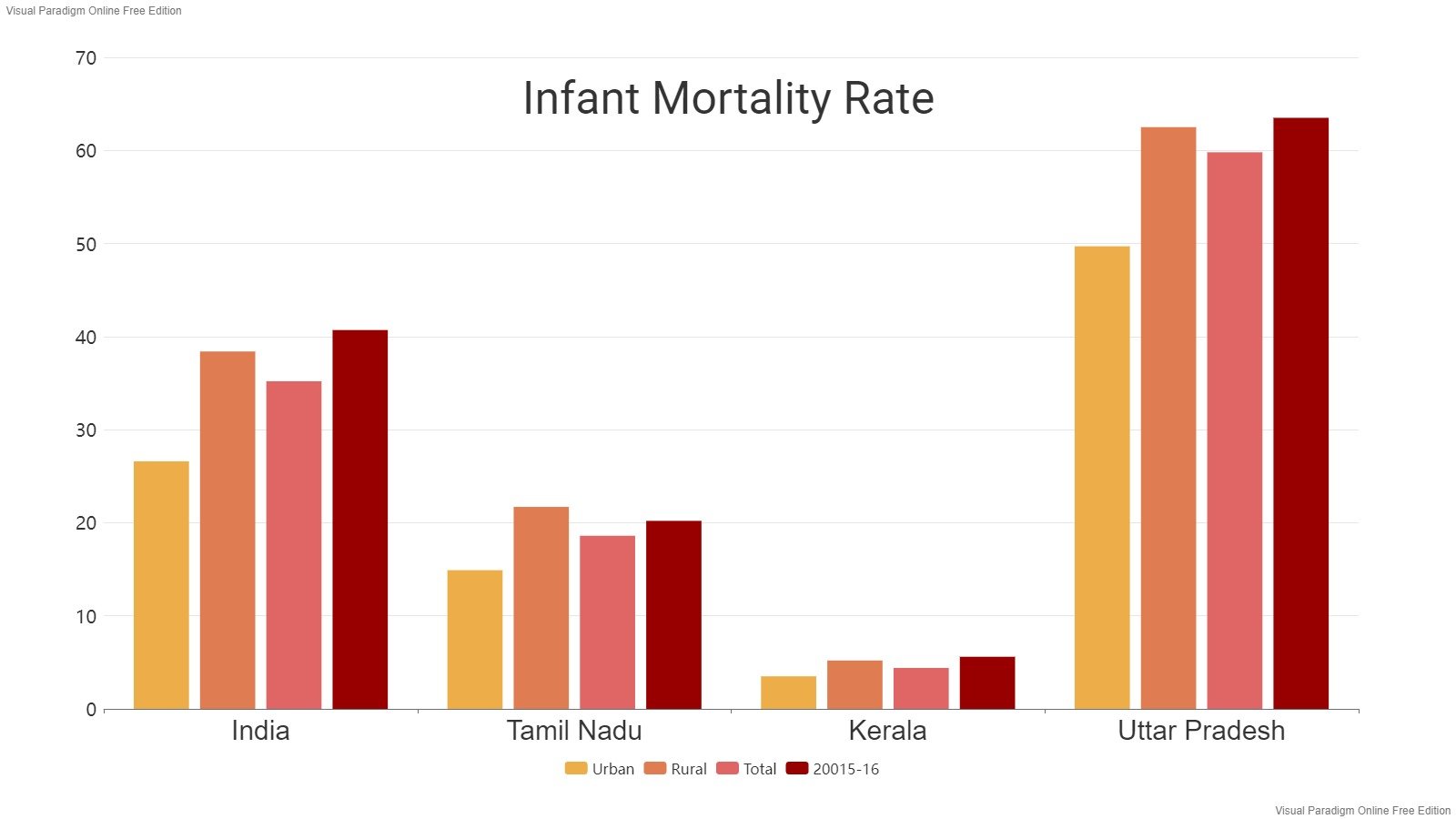Read in : தமிழ்
Unlike North India where Islam was introduced by invaders, the religion was introduced in South India by traders. Arab traders brought the religion to western and eastern coasts. Islam spread as they interacted with the local people. The first mosque in India was constructed as early as 629 AD in Kerala.
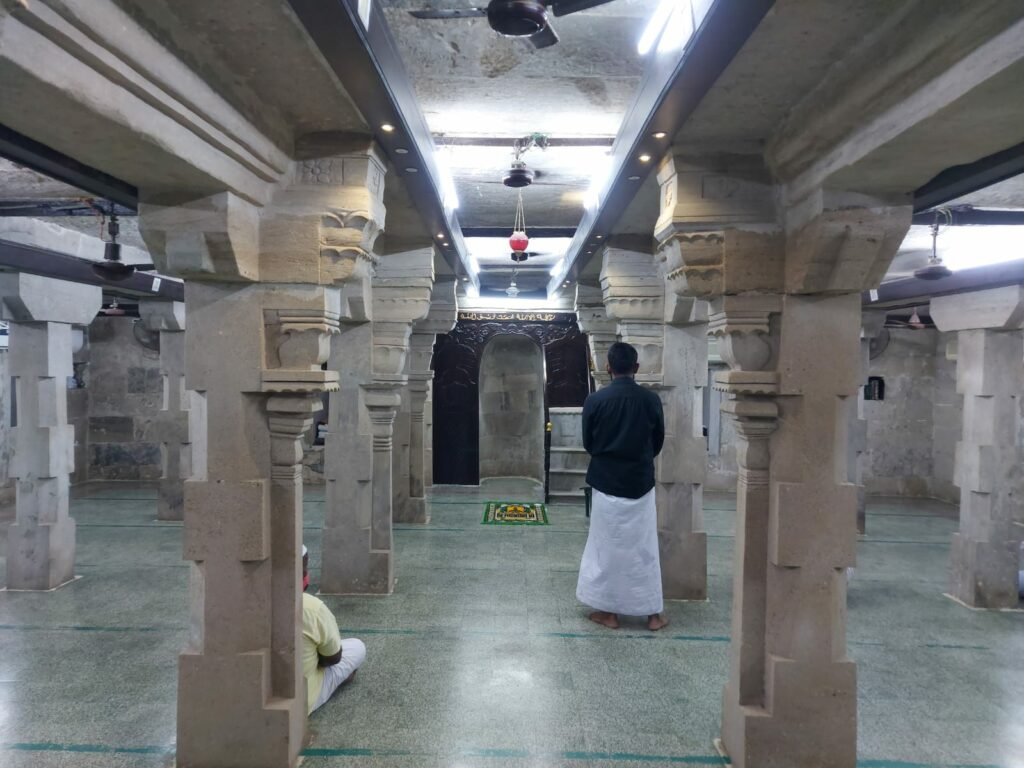
Miharab at Keezhakarai old Jumma mosque
The three distinct features of a mosque are a minaret, dome and arched entries. But these features appeared over time when the Indo-Islamic architecture style evolved. “The first dome structure in Tamil Nadu was constructed in Madurai at Allaudin Pallivasal which is, in fact, the tomb of a ruler,” Mohammad said.
V Rajaguru, President of Ramanathapuram Archaeological Research Centre, has studied mosques with local architectural features in Ramanathapuram district. Islam came to the Ramanathapuram coast around the 10th century. There is a sizable population of Muslims in this coastal stretch.
The stone inscription of Maravarman Sundarapandian II dated 1247 AD speaks about donating two villages, Ambathur and Maruthur, to a mosque in Pavithramanickapattinam region of Keezhachembi Nadu in Ramanathapuram. The stone inscription was found inside the Thirupullani temple.
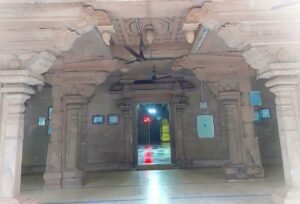
Stone carvings at Keezhakarai Jumma mosque
There are records that show that Anjuvannam, a Muslim trade guild, repaired a hall opposite Lord Shiva temple at Theerthandathanam in the year 1269 AD. Another stone inscription dated 1300 AD at Keezhakarai talks about Muslim settlements. When the Muslims constructed the mosques, local materials like sandstone available on the Ramanathapuram coast were used. Mosques at Keezhakarai, Vedhalai, Valinokkam, Narippaiyur were all constructed using sandstone.
The traditional temple-style construction was adopted to build these mosques. Rajaguru says these mosques have a main hall, side halls, courtyard and mihrab – the place of worship facing Mecca. The stone pillars are carved with beautiful flower structures. “Some of the mosques in Keezhakarai have unique stone carvings of flowers. There are Islamic structures constructed purely in the Tamil style. The stone pillars found in these mosques look strikingly similar to those Utharakosamangai and Thirupullani temples. The only difference is these stone pillars at mosques don’t have any sculptures,” Rajaguru stated.
Raja Mohammad said that the Muslims used the stonemasons who constructed temples. These stonemasons followed the style they were familiar with. Muslims insisted on only one thing: the stone pillars should not have any sculptures. So the stonemasons used their creativity and carved flowers in place of sculptures, he reasoned.
Muslims used the stonemasons who constructed temples. These stonemasons followed the style they were familiar with. Muslims insisted on only one thing: the stone pillars should not have any sculptures. So the stonemasons used their creativity and carved flowers in place of sculptures
In later centuries, mosque construction moved away from the local Tamil or Dravidian style. Indo-Islamic architecture based on the Mughal style evolved and the mosques started following this style.
Read in : தமிழ்



